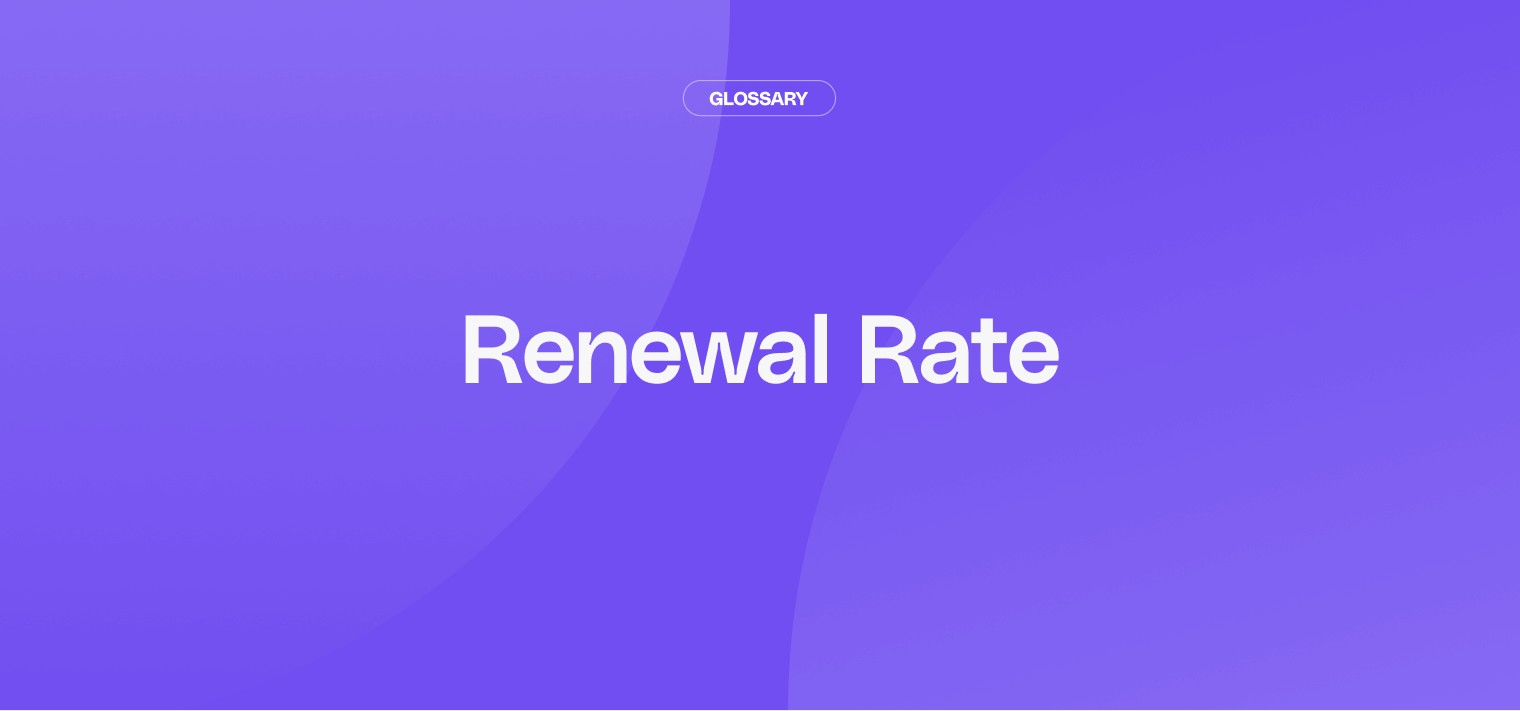In the world of business, customer retention is key to long-term success. One crucial metric that helps measure this is the renewal rate. This article will explore what it means, why it's important, and how businesses can improve it.
| Key Element | Description | Optimization Tips |
|---|---|---|
| Definition | A metric that measures the percentage of customers who renew their subscription or service after the initial contract period. | Focus on delivering exceptional customer experiences and personalized services to encourage renewals. |
| Affecting Factors | Includes product, customer service, communication and engagement, pricing strategies and user experience. | Identify areas needing improvement by analyzing these factors and tailoring strategies accordingly. |
| Improvement Strategies | Enhance onboarding, collect and act on feedback, offer personalized experiences, provide excellent support, implement customer success programs, and create loyalty programs to boost retention rates. | Implement these strategies to foster long-term loyalty and satisfaction among customers. |
| Impact of Churn Rate | The percentage of customers who stop using a service or subscription within a given period. | Understand churn reasons and develop targeted strategies to reduce churn and improve retention rates. |
| Impact of Customer Lifetime Value | The total revenue a business expects to earn from a customer throughout their entire relationship. | Grow with your customers by offering more as they use your product more, keeping them happy and spending. |
What is the renewal rate?
🙋🏻♀️ The renewal rate, also known as the retention rate, is a metric that measures the percentage of customers who choose to continue their subscription or service with a company after their initial contract period ends. It's a vital indicator of customer satisfaction and loyalty.
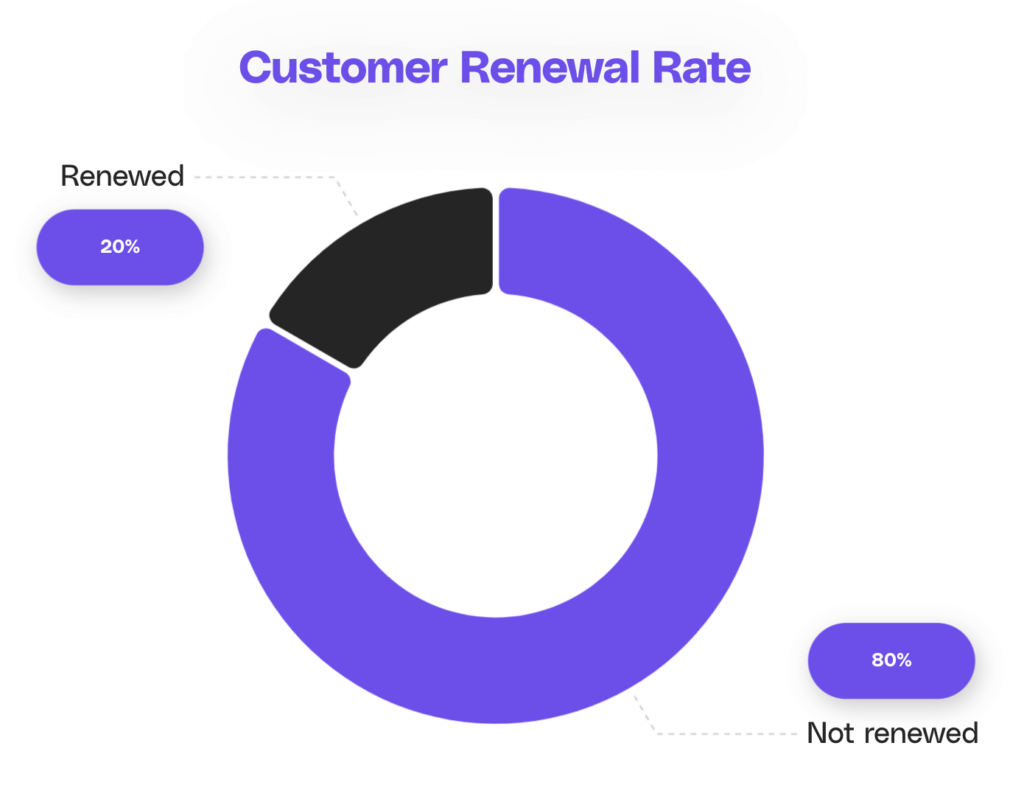
The renewal rate isn't just a number. Understanding this metric can unlock insights into keeping customers happy and drive sustained growth.
Why is the renewal rate important?
The renewal rate is crucial as it directly indicates the total revenue and expansion of a business.
- Reflects Customer Satisfaction: A high retention rate shows that customers are happy with your product or service, indicating strong satisfaction and loyalty. Satisfied customers are more likely to stay and recommend your business to others.
- Indicates the Health of Your Business: The retention rate provides insight into the overall stability and performance of your business. Consistently high rates suggest robust customer retention, while low rates may signal underlying issues.
- Helps Predict Future Revenue: By analyzing retention rates, businesses can forecast future revenue and growth more accurately. It allows for better financial planning and resource allocation.
- Costs Less Than Acquiring New Customers: Retaining existing customers through renewals is generally more cost-effective than acquiring new ones. It reduces marketing and onboarding expenses, leading to higher profitability.

It is a powerful tool for businesses to gauge their performance and make informed decisions about customer retention strategies.
Calculating the renewal rate
To calculate the renewal rate, use this simple formula:

For example, if 80 out of 100 customers renew their subscriptions, the rate would be 80%.
Factors affecting the renewal rate
Several factors can influence a company's retention rate, including product quality and pricing, market conditions, customer service experience, user experience, and effective communication fostering a sense of belonging.
- Product Quality and Value: High-quality products that deliver significant value increase customer satisfaction, leading to higher renewal rates.
- Pricing and Competition: Competitive pricing that offers value for money can positively influence renewal rates, especially in markets with many alternatives.
- Customer Service Experience: Excellent customer service enhances satisfaction and loyalty, making customers more likely to renew.
- User Experience and Ease of Use: Intuitive and user-friendly products or services ensure a smooth customer experience, encouraging renewals.
- Effective Communication: Regular, clear communication with customers about updates, benefits, and support fosters a strong relationship and boosts renewal rates.
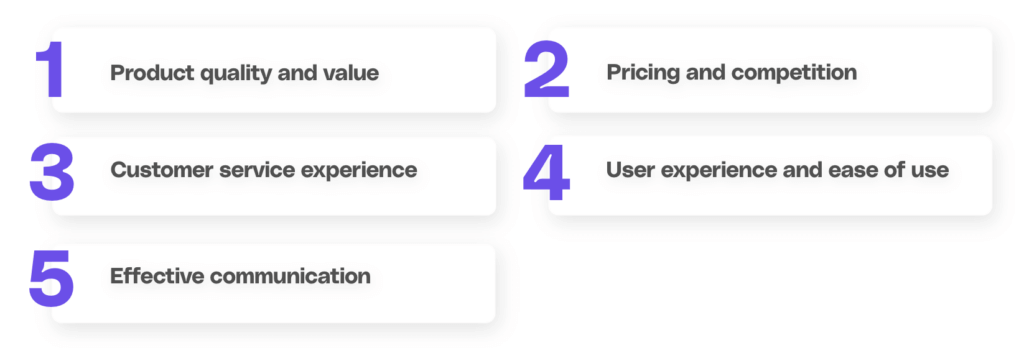
Understanding these factors can help businesses focus on areas that need improvement to boost their rate.
Retention rates can also vary significantly across industries. Here are some of the industries mentioned in the article "Average Customer Retention by Industry (2024)" by Exploding Topics:

SaaS companies often have high retention rates (90%) due to essential business functions and subscription models, whereas gym memberships (60%) see lower rates due to fluctuating personal commitment and seasonal usage. Industry-specific factors like necessity, usage frequency, and customer loyalty significantly impact the retention rate. It's important to note that these are general benchmarks, and individual companies may experience different rates based on their unique circumstances.
Strategies to improve the renewal rate
- Enhance Customer Onboarding: A smooth onboarding process sets the stage for a positive customer experience. Provide clear instructions, tutorials, and support to help new customers get the most value from your product or service.
- Regularly Collect and Act on Feedback: Implement surveys and feedback mechanisms to understand customer needs and pain points. Use this information to make improvements and show customers that their opinions matter.
- Offer Personalized Experiences: Tailor your product or service to meet individual customer needs. Personalization can significantly increase customer satisfaction and loyalty.
- Provide Excellent Customer Support: Responsive and helpful customer support can turn potential cancellations into renewals. Invest in training your support team and implementing efficient support systems.
- Implement a Customer Success Program: Proactively reach out to customers to ensure they're achieving their goals with your product or service. This approach can help identify and address issues before they lead to non-renewals.
- Create Loyalty Programs: Reward long-term customers with exclusive benefits, discounts, or early access to new features. This can incentivize renewals and foster a sense of belonging.
The impact of churn on renewal rates
Churn, the opposite of renewal, occurs when customers discontinue their service. A high churn rate directly affects the retention rate and can have significant consequences:
- Decreased revenue
- Higher customer acquisition costs
- Negative impact on company valuation

Understanding the reasons behind churn can help businesses develop targeted strategies to improve their retention rate.
Measuring the renewal rate over time
Tracking the retention rate over time can provide valuable insights:
- Identify trends and patterns
- Assess the effectiveness of retention strategies
- Forecast future revenue and growth
Consider monitoring renewal rates on a monthly, quarterly, and annual basis to gain a comprehensive view of your customer retention efforts.
The role of customer lifetime value
Customer Lifetime Value (CLV) is closely tied to the retention rate. A high renewal rate often correlates with a higher CLV, as customers who regularly renew tend to generate more revenue over time.
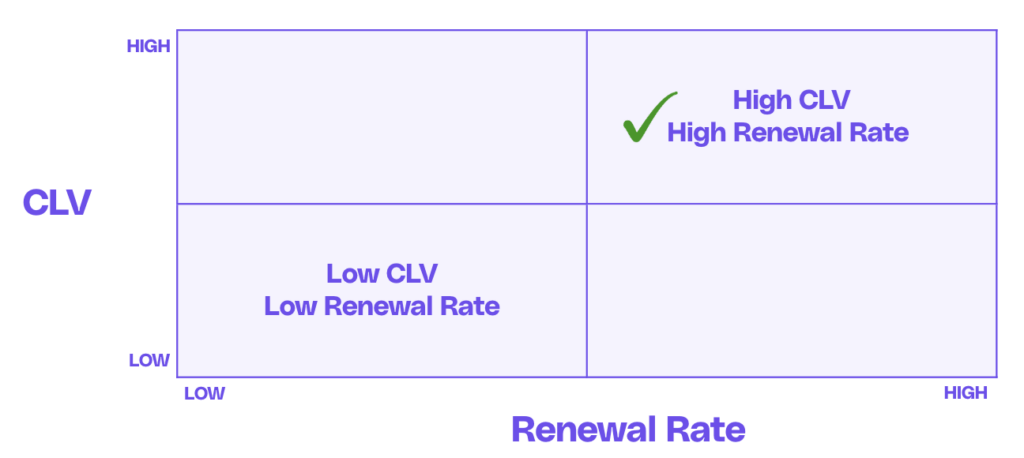
By focusing on improving the renewal rate, businesses can naturally increase their CLV and overall profitability.
Conclusion
The renewal rate is a critical metric for businesses, especially those operating on subscription or contract-based models. By understanding what influences renewal rates and implementing strategies to improve them, companies can boost customer loyalty, increase revenue, and achieve sustainable growth.
Remember, while a high renewal rate is desirable, it's essential to balance retention efforts with acquiring new customers. A holistic approach to customer relationships, combining effective acquisition and strong retention strategies, is key to long-term success.
Maximize your renewal rate with Cello
As you focus on enhancing your renewal rates for sustained growth, consider the power of user-led growth with Cello. Turn your satisfied users into advocates by integrating a peer-to-peer referral program seamlessly into your SaaS product. With Cello, you can make sharing effortless and rewarding, driving viral growth and boosting your conversion rates. Experience the simplicity of a platform that offers automated rewards, real-time performance tracking, and compliance with legal and security standards. Ready to see how Cello can transform your user base into a dynamic growth channel? Book a demo today and witness the impact of frictionless referrals on your business's success.
Resources
Related articles
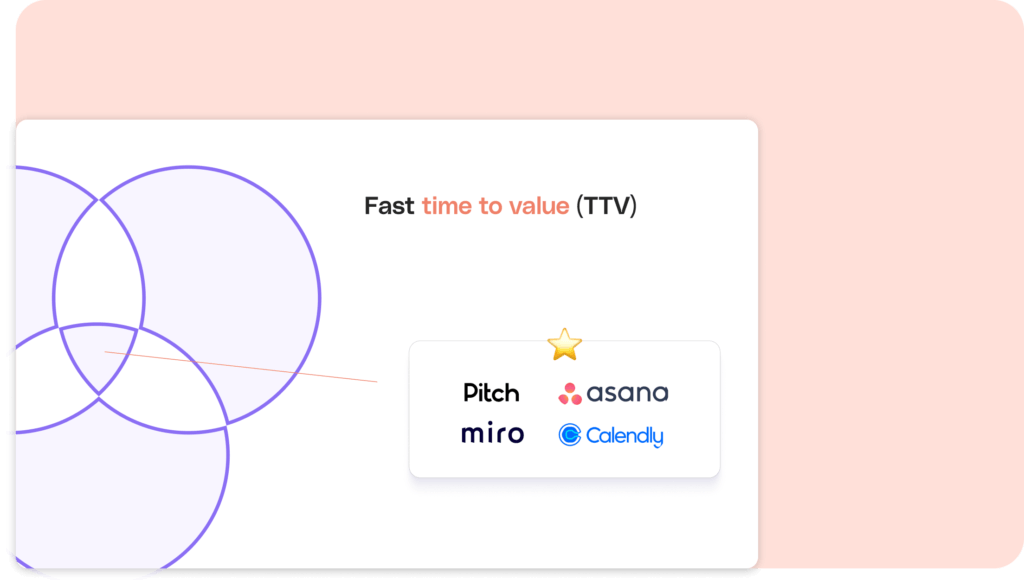
B2B Referral Program Examples
Uncover B2B referral program examples and learn from best practices how other companies utilize ...

How to use incentives to drive velocity of your growth loops
This article is written together with Wes Bush, founder and CEO of ProductLed and one of the ...
